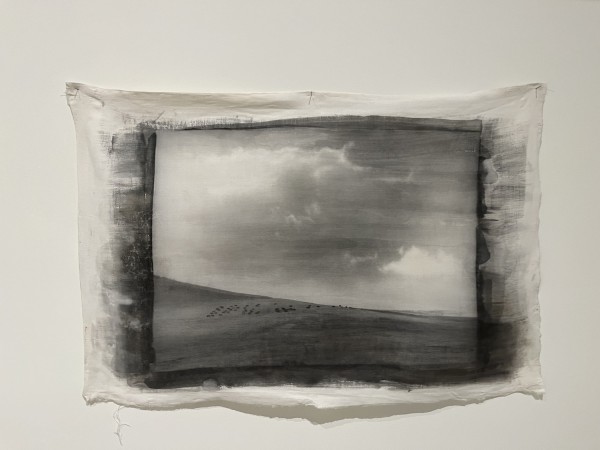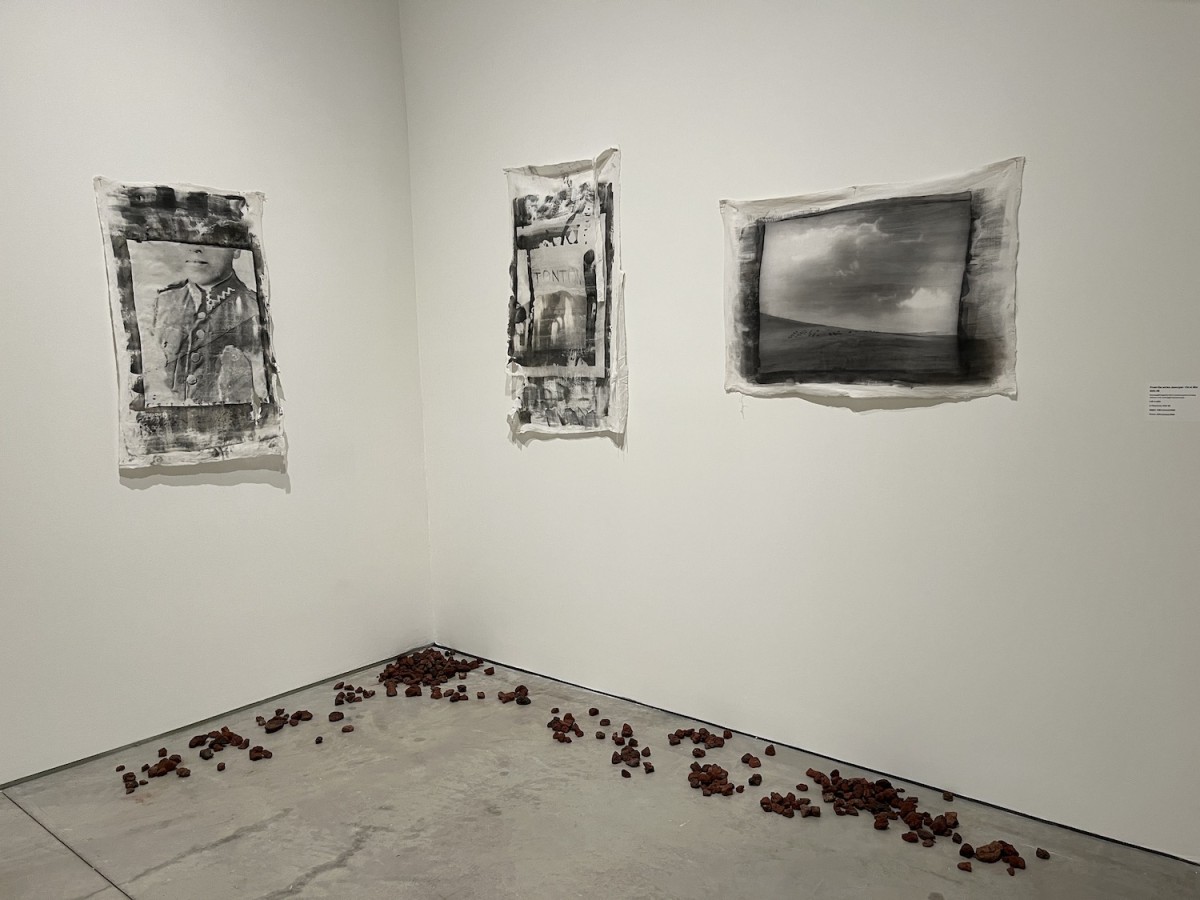In her multimedia installation “Muriel Hasbun: Tracing Terruño,” or “Tracing Native Land,” the titular artist muses on the ideas of displacement and movement. Housed at the International Center of Photography on the Lower East Side, the exhibit explores how “la conexión y la separación están siempre en tensión” — how connection and separation are always in tension.
This idea is focal to Hasbun’s deeply personal collection, which focuses on migration and the feelings of loss that come with displacement — a concept that is undoubtedly relevant to many diasporic New Yorkers and students.
Growing up in El Salvador, Hasbun is a multimedia artist and photographer whose work has received international recognition by institutions like the Smithsonian American Art Museum and The Whitney.
“Tracing Terruño” includes some of Hasbun’s earliest work from the late ‘80s up to her most recent pieces in a variety of media. In the artworks themselves, Hasbun captures images of herself and her relatives layered with scenery. “Santos y sombras / Saints and Shadows” is a series of 38 gelatin silver prints, which is a medium most commonly used in developing monochromatic photos. Hasbun conveys both uncertainty and reflection on her upbringing. Through a technique known as double exposure — where a photographer exposes a frame twice to different subjects, She juxtaposes the striking monochrome of the prints with wistful scenery, like forest clearings and often-faded photos of family members.
The exhibition places themes of displacement and memory in conversation with one another. In “Pulse: New Cultural Registers / Pulso: Nuevos registros culturales,” Hasbun compiles her photography with familial archives from El Salvador to bridge her artistic techniques with history. Hasbun depicts her experiences during El Salvador’s civil war through a myriad of techniques, including contrasting distorted pigment prints with seismogram recordings in the piece “Muchacha por un nuevo milenio,” or “Girl in a new millennium.”
“X post facto,” a series of prints, illustrates Hasbun’s preservation of her father’s memory by printing his X-rays and radiographs after his death. “X Post Facto” builds on the concepts of the past and her own memories illustrated in “Pulse: New Cultural Registers,” but abstracts them further through the use of shadow figures across the series.

Similarly, Hasbun’s photo collection from her time in Auvergne, France, titled “Toi et Moi,” has one foot in the present with pieces like “Le Mont Dore” and another in the past with portraits and still-lives superimposed onto her maternal grandmother’s linens. The addition of volcanic rocks scattered throughout the installation bridges the terrain of Auvergne and El Salvador in a more tactile and immersive way.
One piece in the exhibit stands out from the others: “Je me souviens,” or “I remember,” a color photograph that stands in contrast against the monochrome. The picture is of Hasbun’s grandmother, Gouta, in a vibrant red and gold dress, embellished by a piece of the same fabric laid over the top half of the photograph. Gouta holds a picture of her and her children taken after France’s liberation in World War II.
“Tracing Terruño” paints a complete picture of the themes and history Hasbun seeks to convey. One of its self-stated purposes is to highlight how the impact of war and genocide across generations in a time where environmental and political crises are causing a rise in mass migration. Despite the global themes, Hasbun’s usage of family photos and images of her homeland maintain a personal touch throughout the exhibition. The show goes beyond letting viewers simply observe an artist’s life by inviting us to reflect on our own identities and sense of place — in the city or elsewhere.
Contact Kaleo Zhu at [email protected].





















































































































































